The dollar's strength, particularly against major Asian currencies, has triggered a wave of skittishness in financial markets. Can anything be done to stem the greenback's rise, and even if something can be done, should it?
ISTANBUL – The dollar has strengthened sharply in recent months, against Asian currencies in particular. A rising crescendo of apocalyptic financial talk threatens to spook markets. The Japanese yen appears to be on the verge of collapse. China may feel compelled to devalue, with damaging consequences for itself and the global economy. So, can anything be done to head off the dollar’s strength, and even if something can be done, should it?
First the facts. The Japanese yen has fallen dramatically, reaching ¥160 to the dollar at the end of April, down 13% since the start of the year and more than 50% since the start of 2021. The South Korean won is down by about 10% against the dollar since the beginning of the year. And the Indonesian rupiah recently fell to a four-year low against the greenback.
But these Asian currencies are not typical. In fact, the broad nominal dollar index, which measures the dollar’s value against a basket of currencies, is up by less than 3% since the start of 2023.
Moreover, the dollar’s strength is not a sign of market dysfunction. It reflects the fact that the United States has performed better economically than other parts of the world.
Rapid US growth creates expectations of slow US disinflation. Hence the Federal Reserve Board is apt to keep interest rates high, or at least to disappoint hopes for multiple rate cuts this year. Meanwhile, weaker-than-expected growth elsewhere means that other central banks have less reason to worry about inflation, making it correspondingly more likely that they will cut rates.
Recall that the Bank of Japan’s much ballyhooed abandonment of yield-curve control in March led it to increase its interest rate to just – wait for it – 0.1%. This accommodative policy will remain appropriate until it is clear that the BOJ has vanquished deflation. And with the Fed’s benchmark federal funds target rate at 5.25-5.5%, it is equally appropriate that the dollar should be strong against the yen.
So, why worry? It is not as if Japanese financial institutions are at risk from the dollar’s rise. Japan’s banks and companies have extensive investments outside the country, including in the US, where their value rises and falls with the dollar. While import prices have risen by more than 50% over the last four years, Japan is hardly on the verge of hyperinflation. Consumer prices rose by about 2.5% year over year in April, which is just where the BOJ wants them.
The fear, evidently, is that at some point confidence will collapse, taking the yen with it, and inflation will spiral out of control. Anything is possible in theory. But against the backdrop of decades of Japanese deflation, this scenario hardly seems plausible.
Still, for those who think that the greenback’s strength is a problem, what might be done to address it? Market intervention is one possibility. The BOJ evidently intervened in the foreign-exchange market in late April, or so currency traders suspect.
While the yen strengthened to 154 against the dollar in the wake of this operation, we know that market intervention has a sustained impact on the exchange rate only when it signals a future change in monetary policy. In fact, the BOJ intervened surreptitiously not because it is now prepared to change policy and raise interest rates, but precisely in order to avoid having to do so.
Equally, the Fed is unlikely to cut rates in response to the dollar’s rise. Its models suggest that a 3% broad dollar appreciation, as we have seen this year, takes at the very most 0.3% off of inflation. And even that modest disinflationary effect is apt to be temporary. Hence the case for high US interest rates remains intact.
What about concerted intervention, whereby the Fed, the BOJ, and other central banks intervene in the foreign-exchange market together? This was tried in 1985 during an earlier period of dollar appreciation. The Plaza Accord, named after the New York City hotel at which it was agreed, is sometimes thought to have successfully moderated the greenback’s strength.
But it is not in the Fed’s interest today to engage in an internationally coordinated foreign-exchange operation, when fighting inflation remains its priority. And in 1985, the dollar already had peaked and begun falling prior to the intervention. Given recent weak US jobs numbers, one wonders whether the same might be true today.
One thing that could change the picture dramatically would be a second presidential term for Donald Trump, who is a low-interest-rate man. He sees a strong dollar as handicapping US exporters. Rumors are afoot that he intends to install a likeminded Fed chair or even require the central bank to follow the president’s dictates. This would be enough to bring down the dollar. But it also would bring down US financial markets.
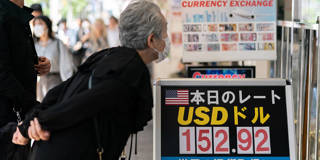


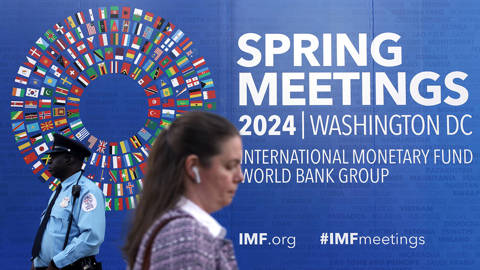
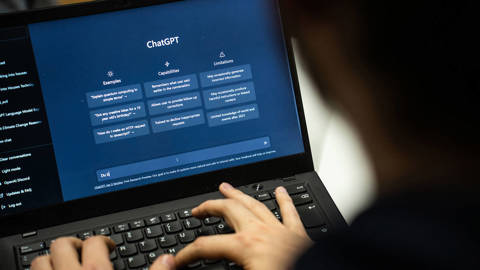


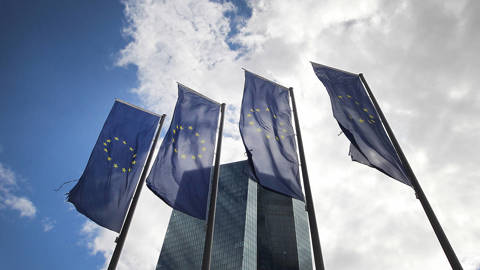
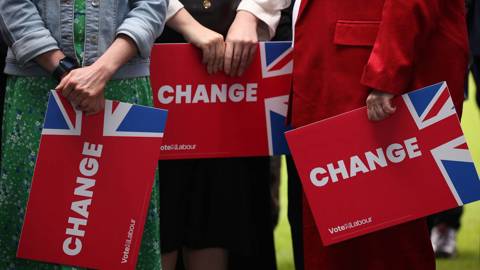


ISTANBUL – The dollar has strengthened sharply in recent months, against Asian currencies in particular. A rising crescendo of apocalyptic financial talk threatens to spook markets. The Japanese yen appears to be on the verge of collapse. China may feel compelled to devalue, with damaging consequences for itself and the global economy. So, can anything be done to head off the dollar’s strength, and even if something can be done, should it?
First the facts. The Japanese yen has fallen dramatically, reaching ¥160 to the dollar at the end of April, down 13% since the start of the year and more than 50% since the start of 2021. The South Korean won is down by about 10% against the dollar since the beginning of the year. And the Indonesian rupiah recently fell to a four-year low against the greenback.
But these Asian currencies are not typical. In fact, the broad nominal dollar index, which measures the dollar’s value against a basket of currencies, is up by less than 3% since the start of 2023.
Moreover, the dollar’s strength is not a sign of market dysfunction. It reflects the fact that the United States has performed better economically than other parts of the world.
Rapid US growth creates expectations of slow US disinflation. Hence the Federal Reserve Board is apt to keep interest rates high, or at least to disappoint hopes for multiple rate cuts this year. Meanwhile, weaker-than-expected growth elsewhere means that other central banks have less reason to worry about inflation, making it correspondingly more likely that they will cut rates.
Recall that the Bank of Japan’s much ballyhooed abandonment of yield-curve control in March led it to increase its interest rate to just – wait for it – 0.1%. This accommodative policy will remain appropriate until it is clear that the BOJ has vanquished deflation. And with the Fed’s benchmark federal funds target rate at 5.25-5.5%, it is equally appropriate that the dollar should be strong against the yen.
SPRING SALE: Save 40% on all new Digital or Digital Plus subscriptions
Subscribe now to gain greater access to Project Syndicate – including every commentary and our entire On Point suite of subscriber-exclusive content – starting at just $49.99.
Subscribe Now
So, why worry? It is not as if Japanese financial institutions are at risk from the dollar’s rise. Japan’s banks and companies have extensive investments outside the country, including in the US, where their value rises and falls with the dollar. While import prices have risen by more than 50% over the last four years, Japan is hardly on the verge of hyperinflation. Consumer prices rose by about 2.5% year over year in April, which is just where the BOJ wants them.
The fear, evidently, is that at some point confidence will collapse, taking the yen with it, and inflation will spiral out of control. Anything is possible in theory. But against the backdrop of decades of Japanese deflation, this scenario hardly seems plausible.
Still, for those who think that the greenback’s strength is a problem, what might be done to address it? Market intervention is one possibility. The BOJ evidently intervened in the foreign-exchange market in late April, or so currency traders suspect.
While the yen strengthened to 154 against the dollar in the wake of this operation, we know that market intervention has a sustained impact on the exchange rate only when it signals a future change in monetary policy. In fact, the BOJ intervened surreptitiously not because it is now prepared to change policy and raise interest rates, but precisely in order to avoid having to do so.
Equally, the Fed is unlikely to cut rates in response to the dollar’s rise. Its models suggest that a 3% broad dollar appreciation, as we have seen this year, takes at the very most 0.3% off of inflation. And even that modest disinflationary effect is apt to be temporary. Hence the case for high US interest rates remains intact.
What about concerted intervention, whereby the Fed, the BOJ, and other central banks intervene in the foreign-exchange market together? This was tried in 1985 during an earlier period of dollar appreciation. The Plaza Accord, named after the New York City hotel at which it was agreed, is sometimes thought to have successfully moderated the greenback’s strength.
But it is not in the Fed’s interest today to engage in an internationally coordinated foreign-exchange operation, when fighting inflation remains its priority. And in 1985, the dollar already had peaked and begun falling prior to the intervention. Given recent weak US jobs numbers, one wonders whether the same might be true today.
One thing that could change the picture dramatically would be a second presidential term for Donald Trump, who is a low-interest-rate man. He sees a strong dollar as handicapping US exporters. Rumors are afoot that he intends to install a likeminded Fed chair or even require the central bank to follow the president’s dictates. This would be enough to bring down the dollar. But it also would bring down US financial markets.